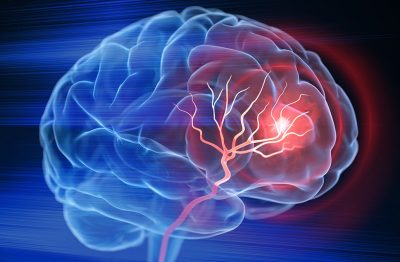Stroke remains a global health crisis, affecting up to one in five individuals in high-income countries and nearly one in two individuals in low-income regions, making it the second leading cause of death worldwide. Advances in endovascular thrombectomy, including mechanical thrombectomy (MT), have revolutionized the management of acute ischemic stroke, offering significant reductions in patient disability and mortality rates.
You have reached your article limit for the month. Subscribe now to access this article plus other member-only content.
- Award-winning Medical Content
- Latest Advances & Development in Medicine
- Unbiased Content

